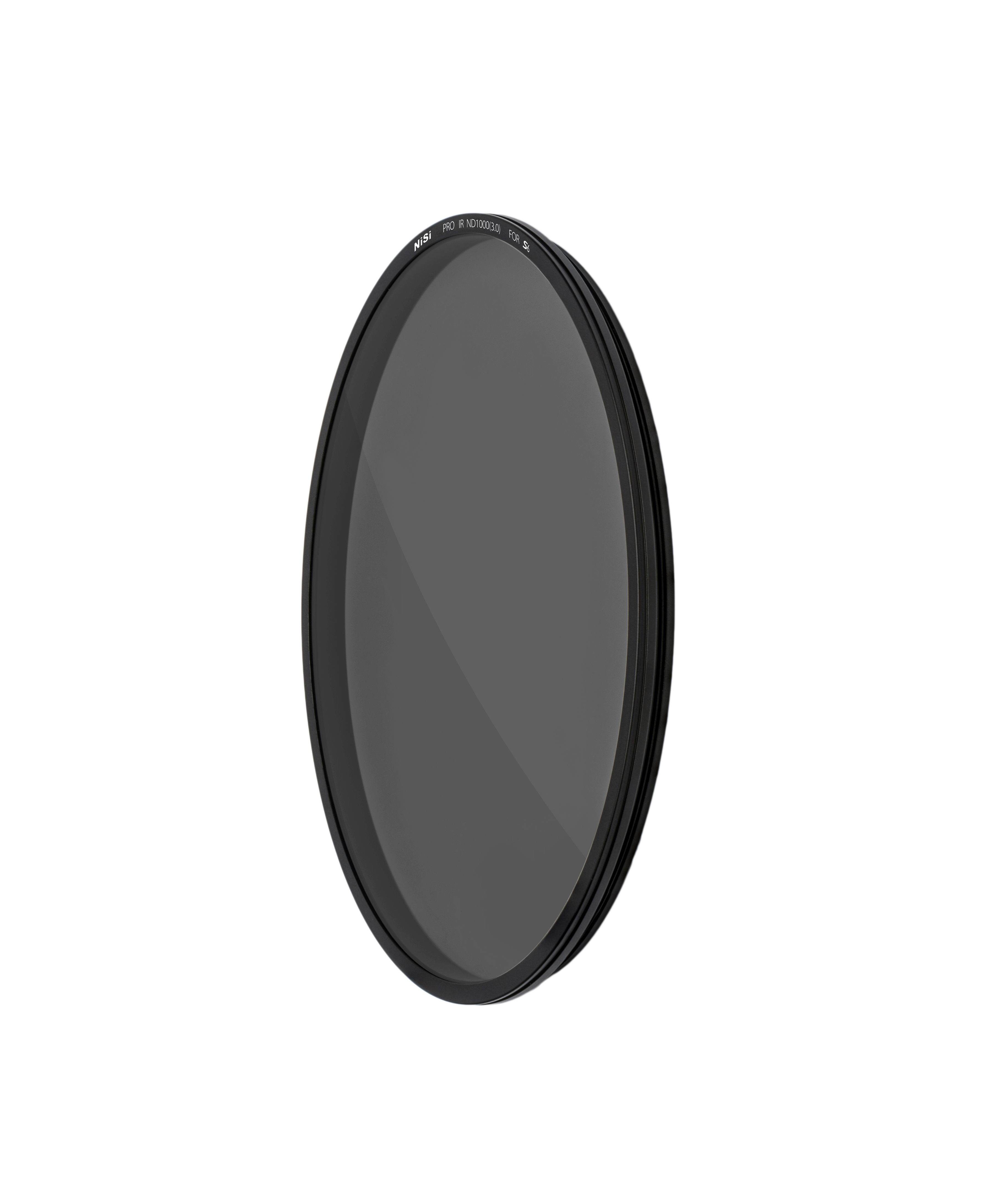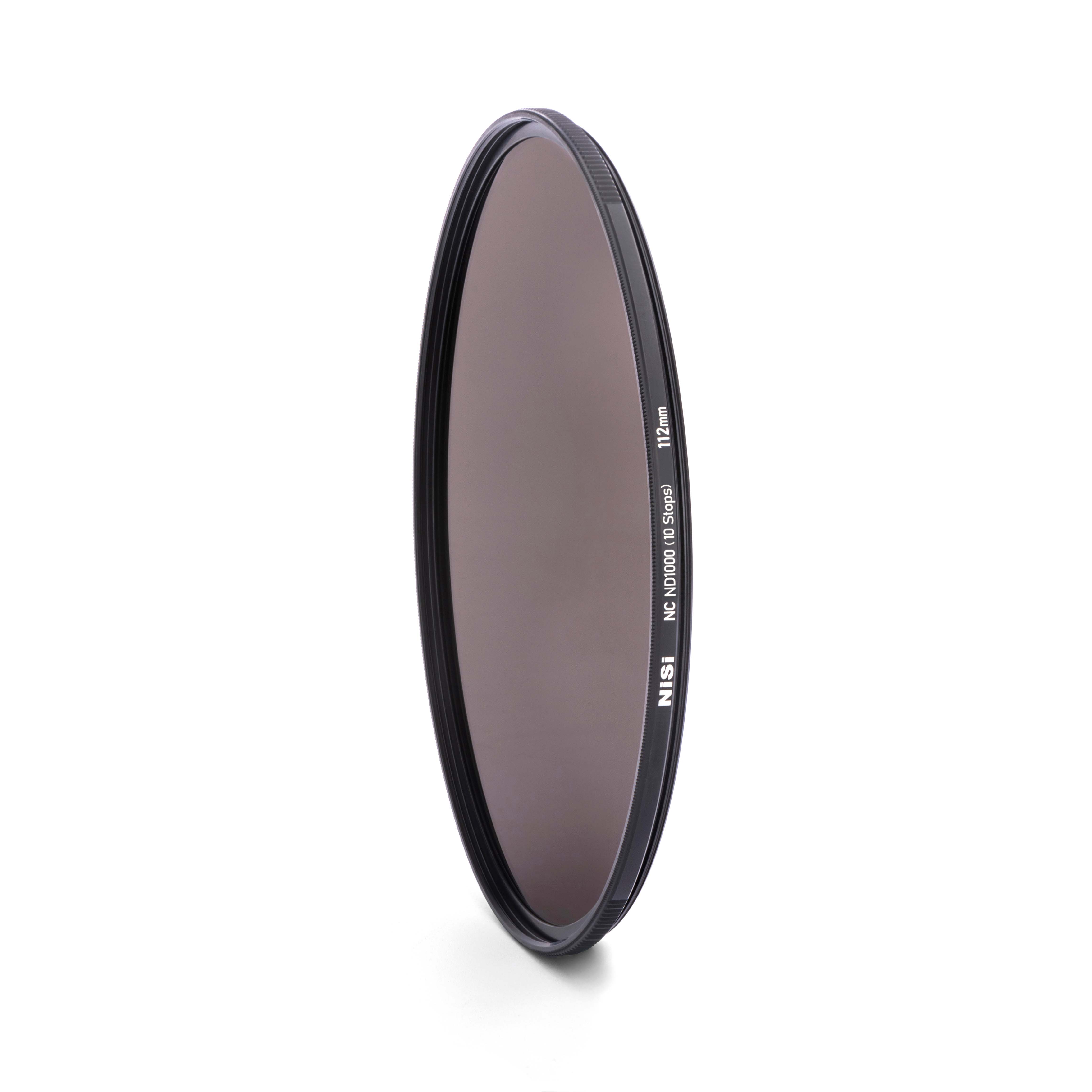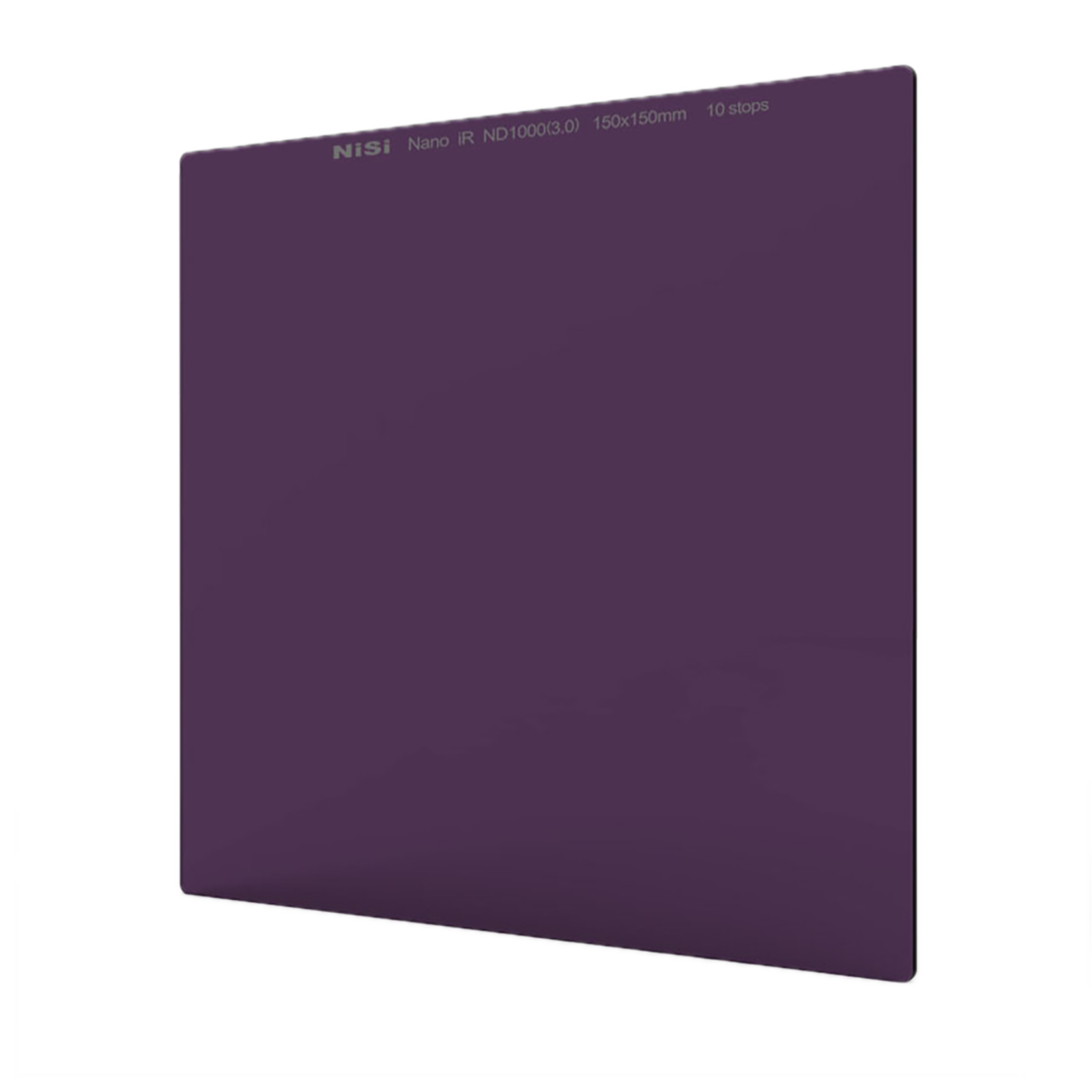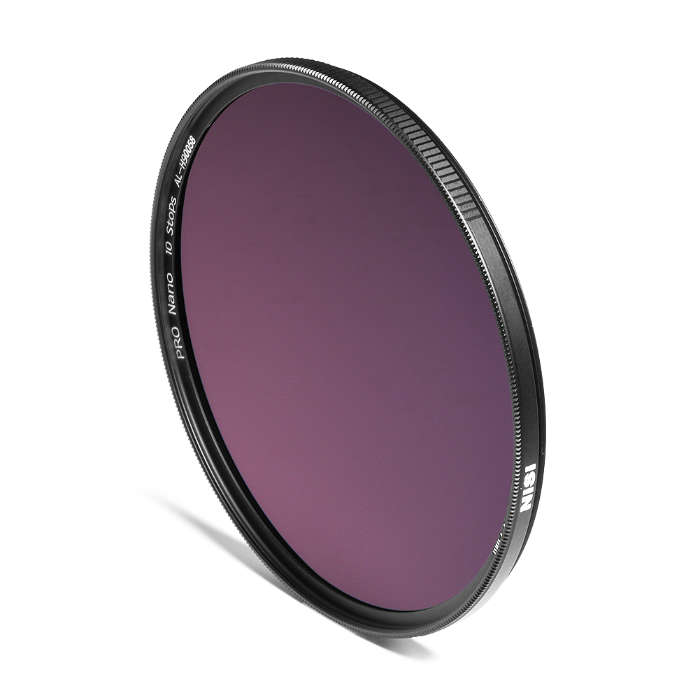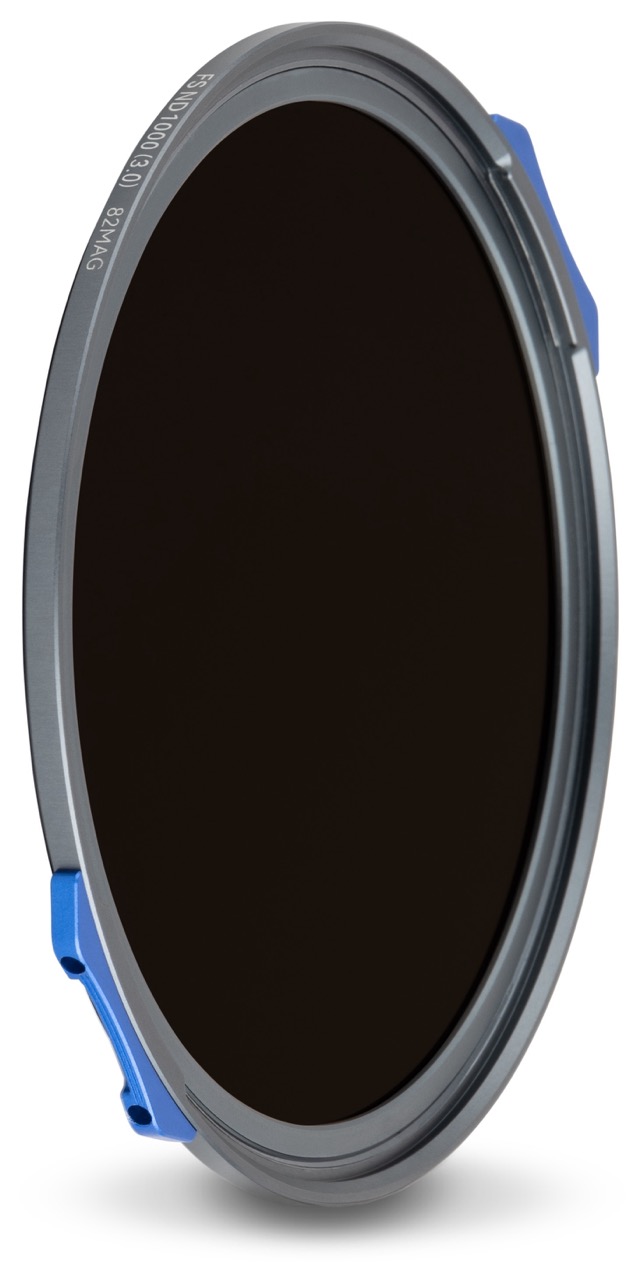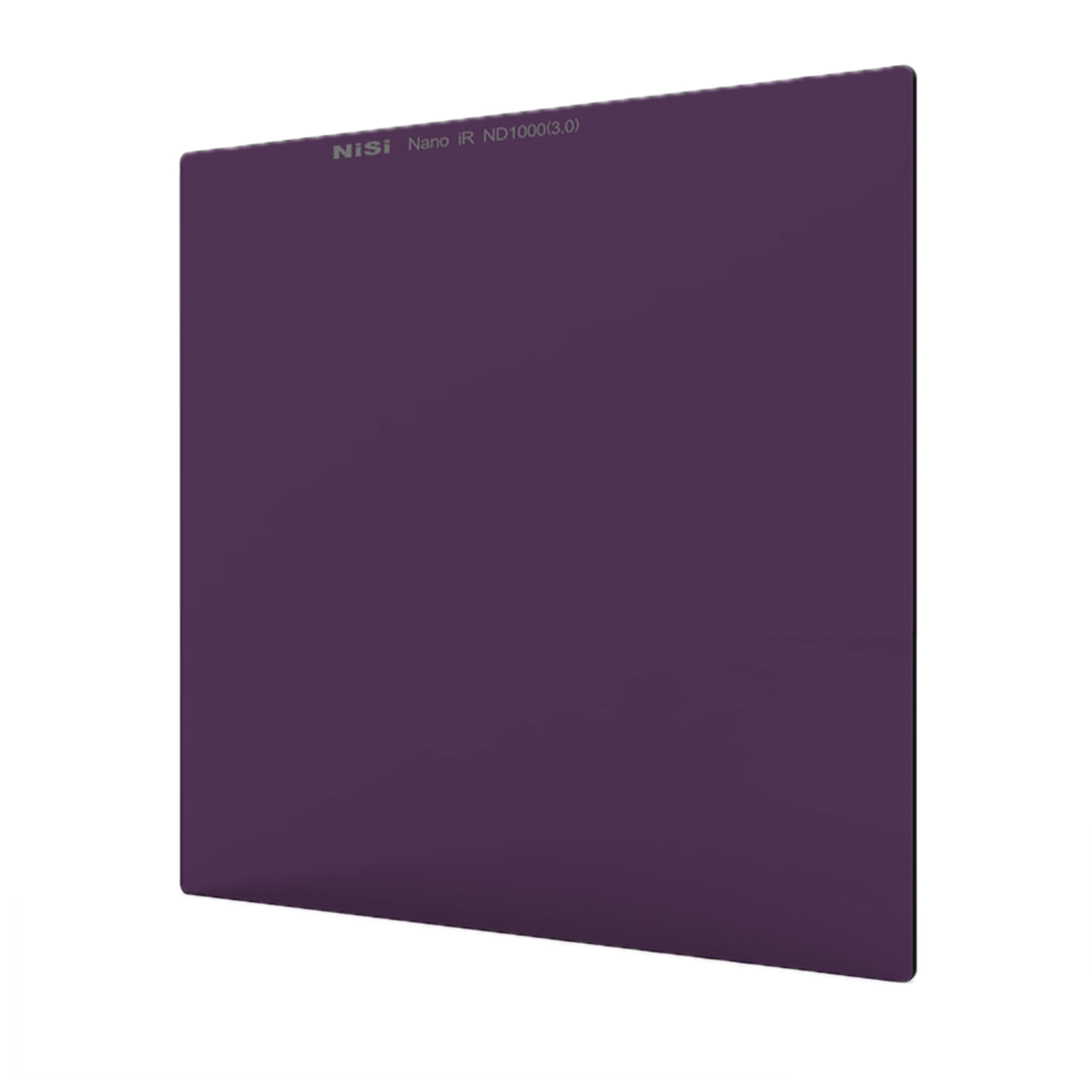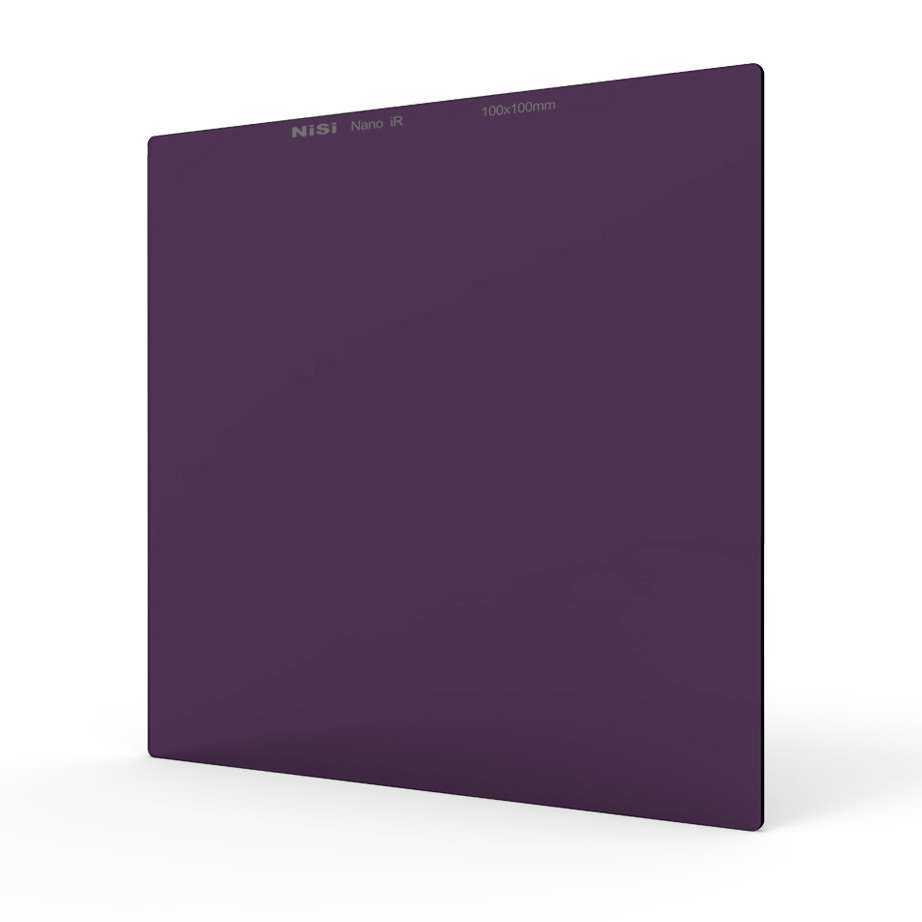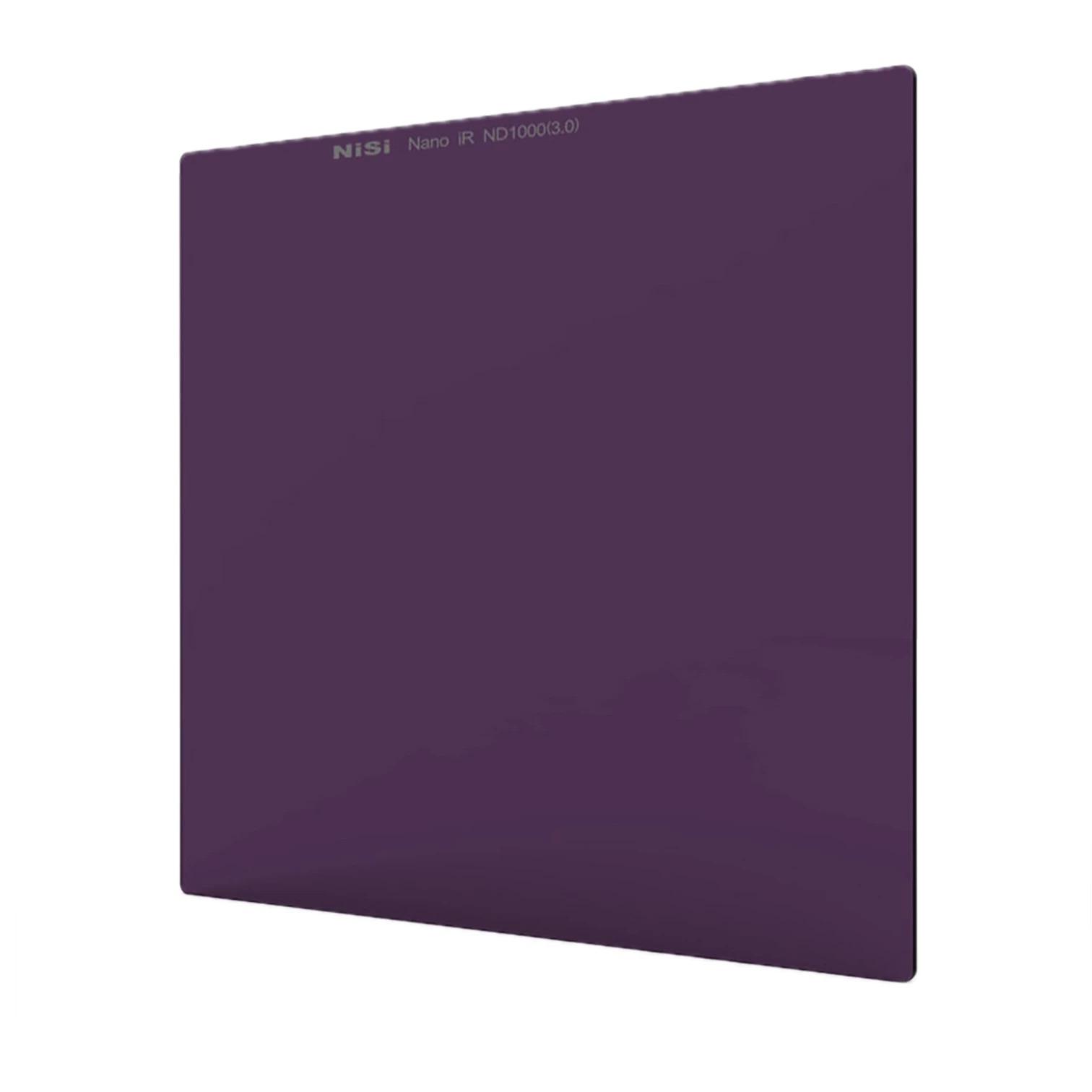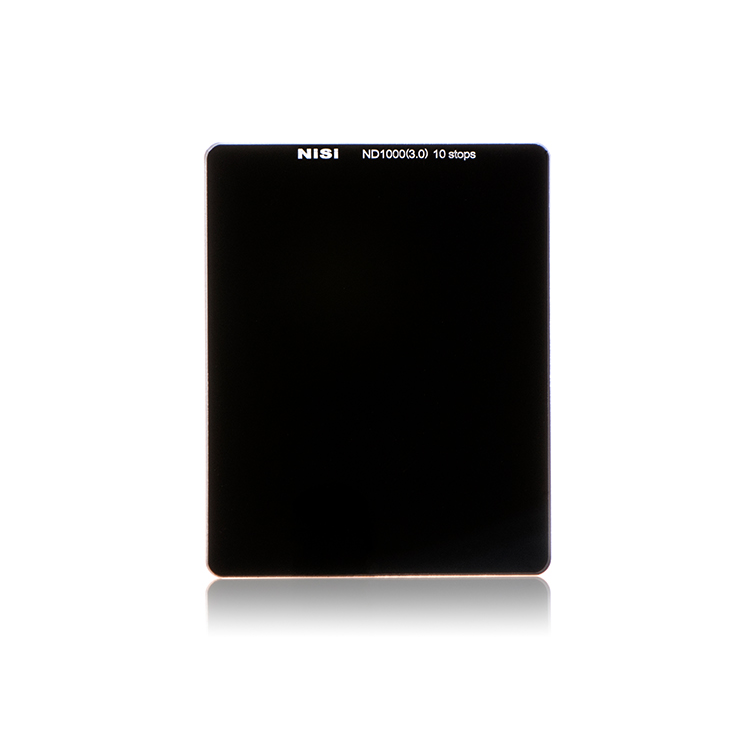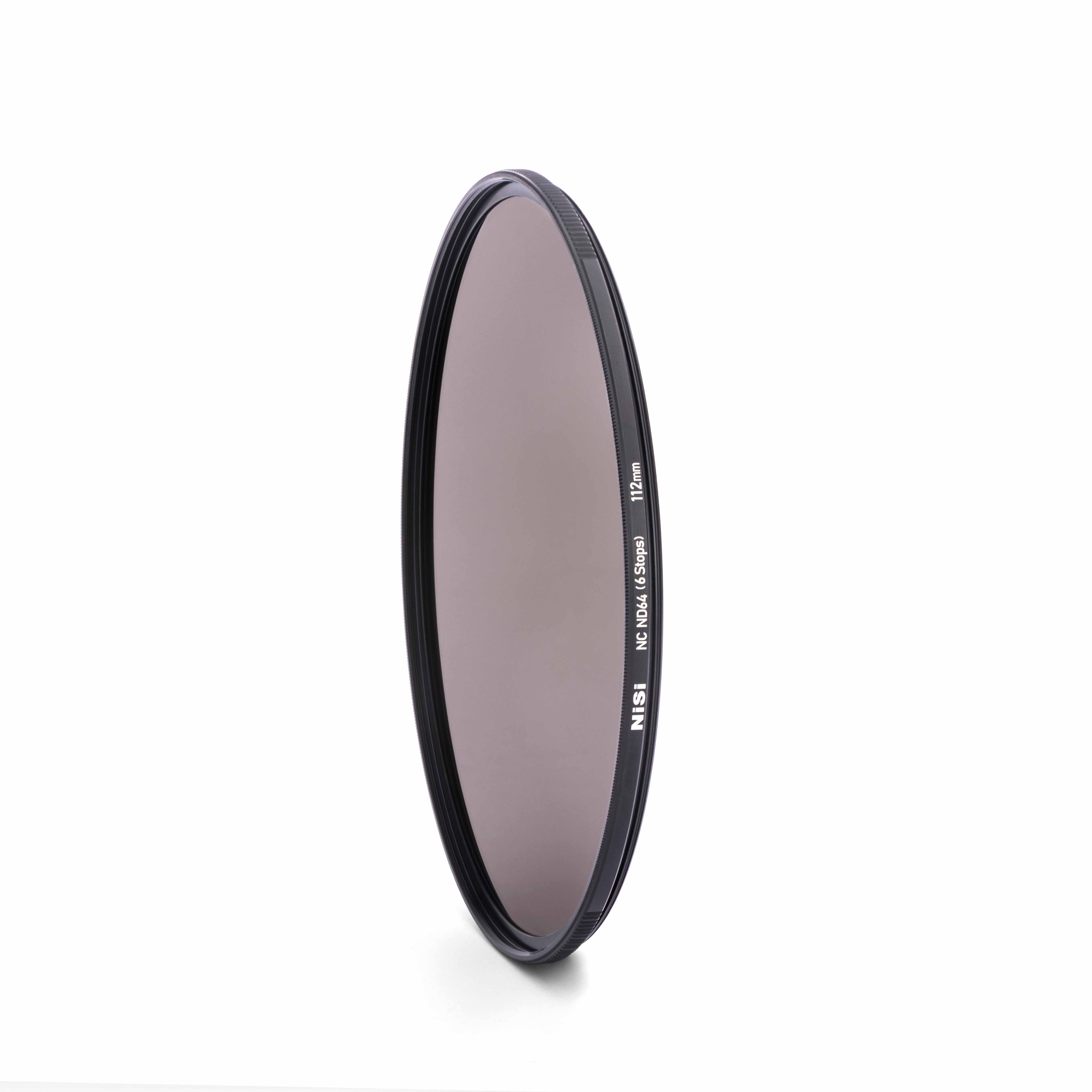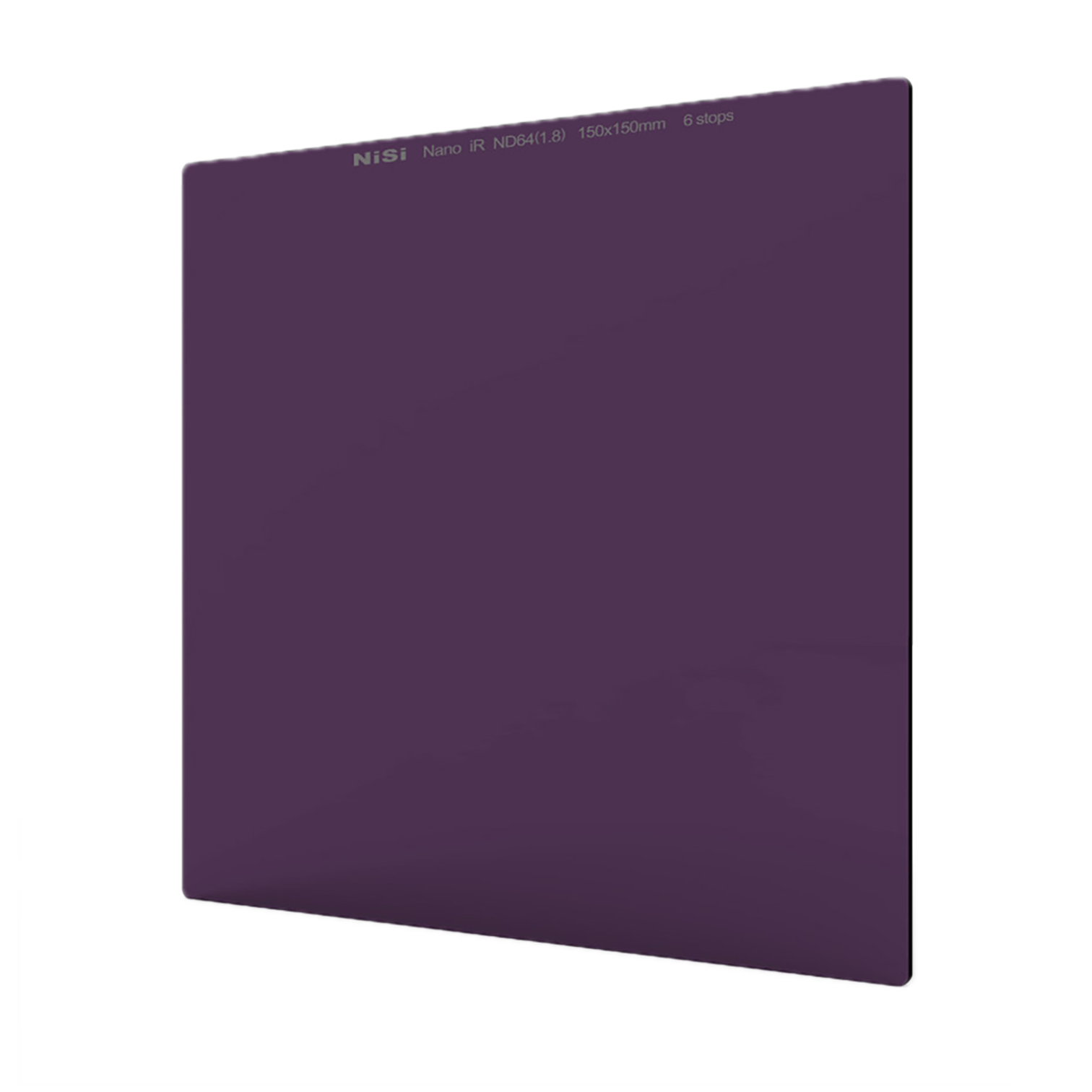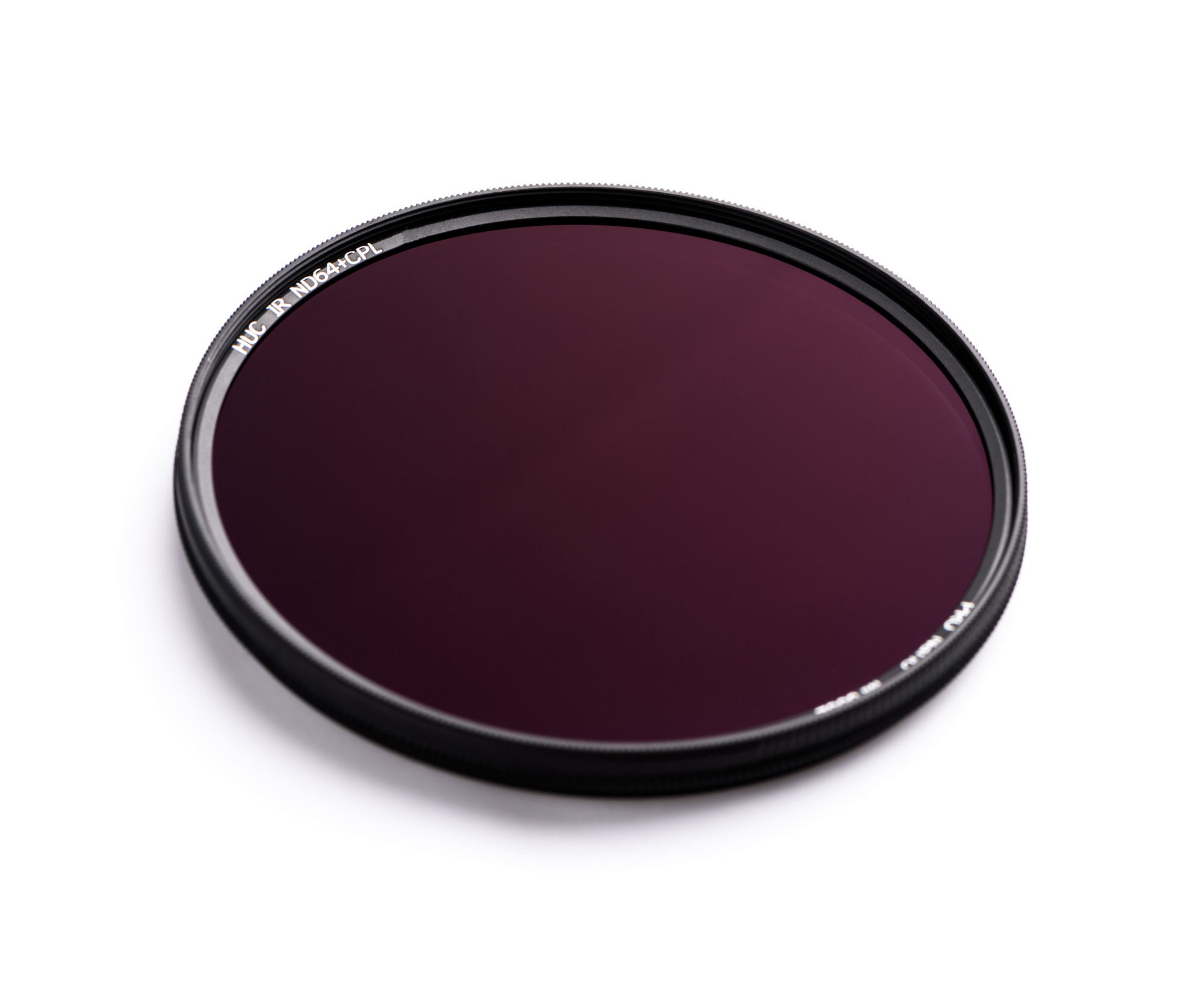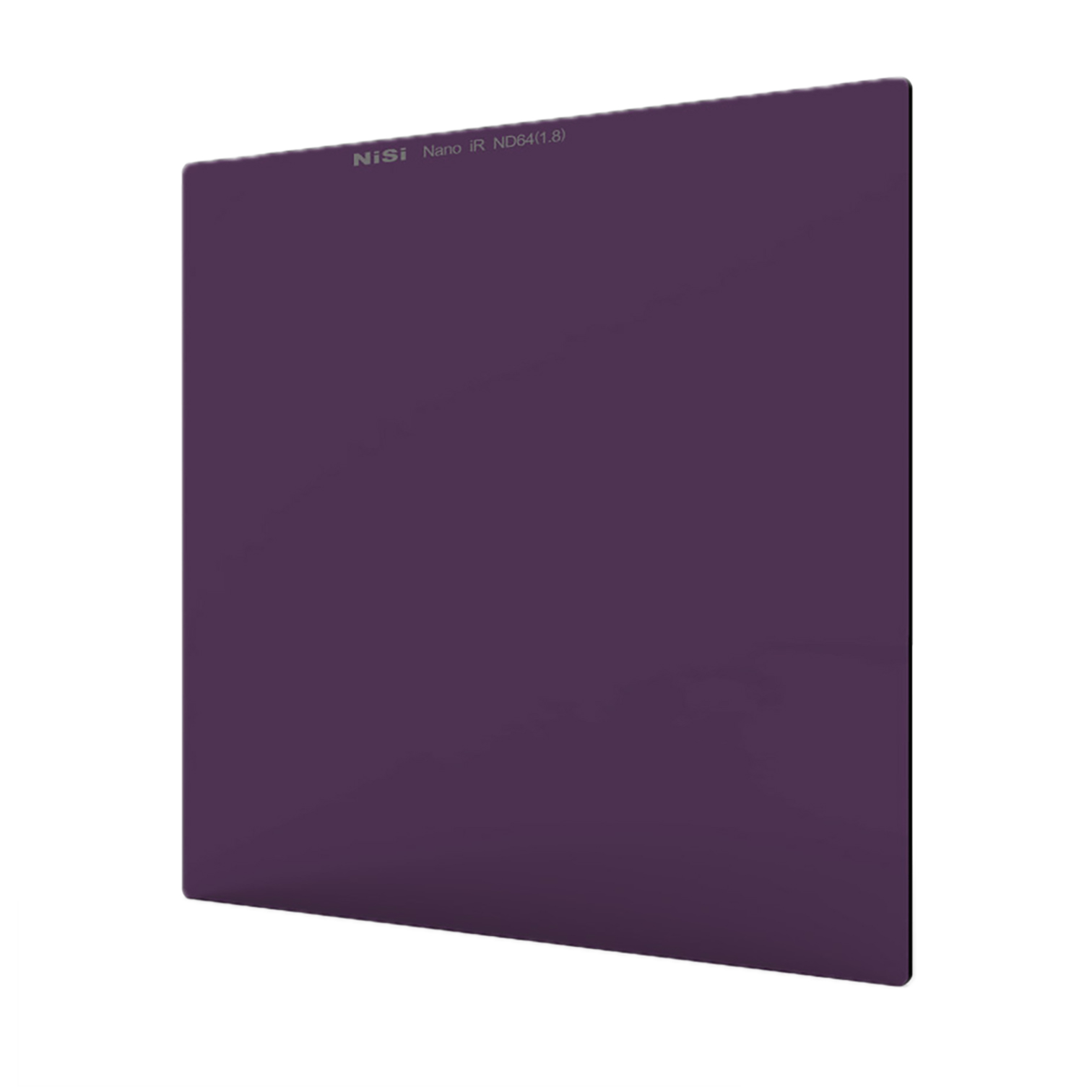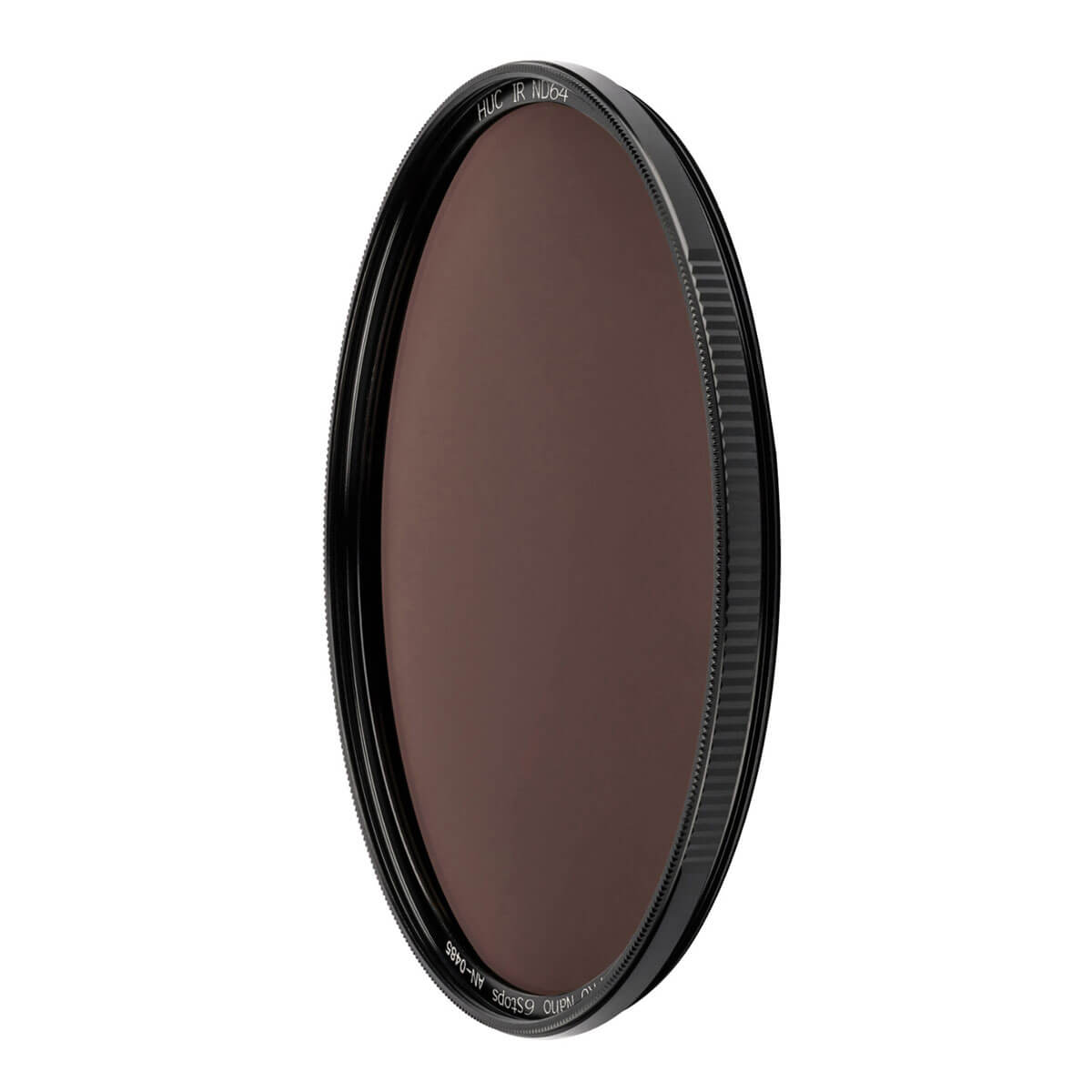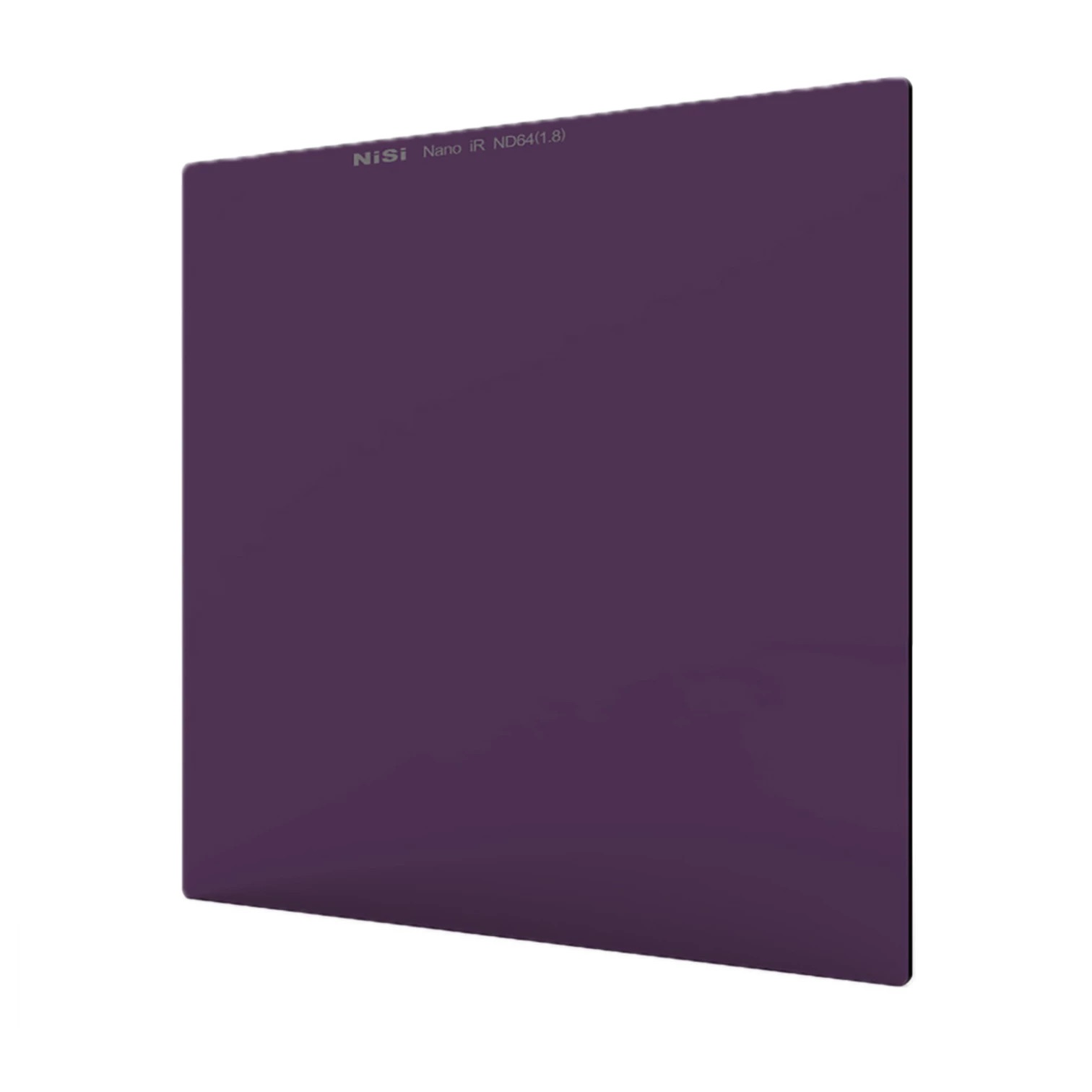
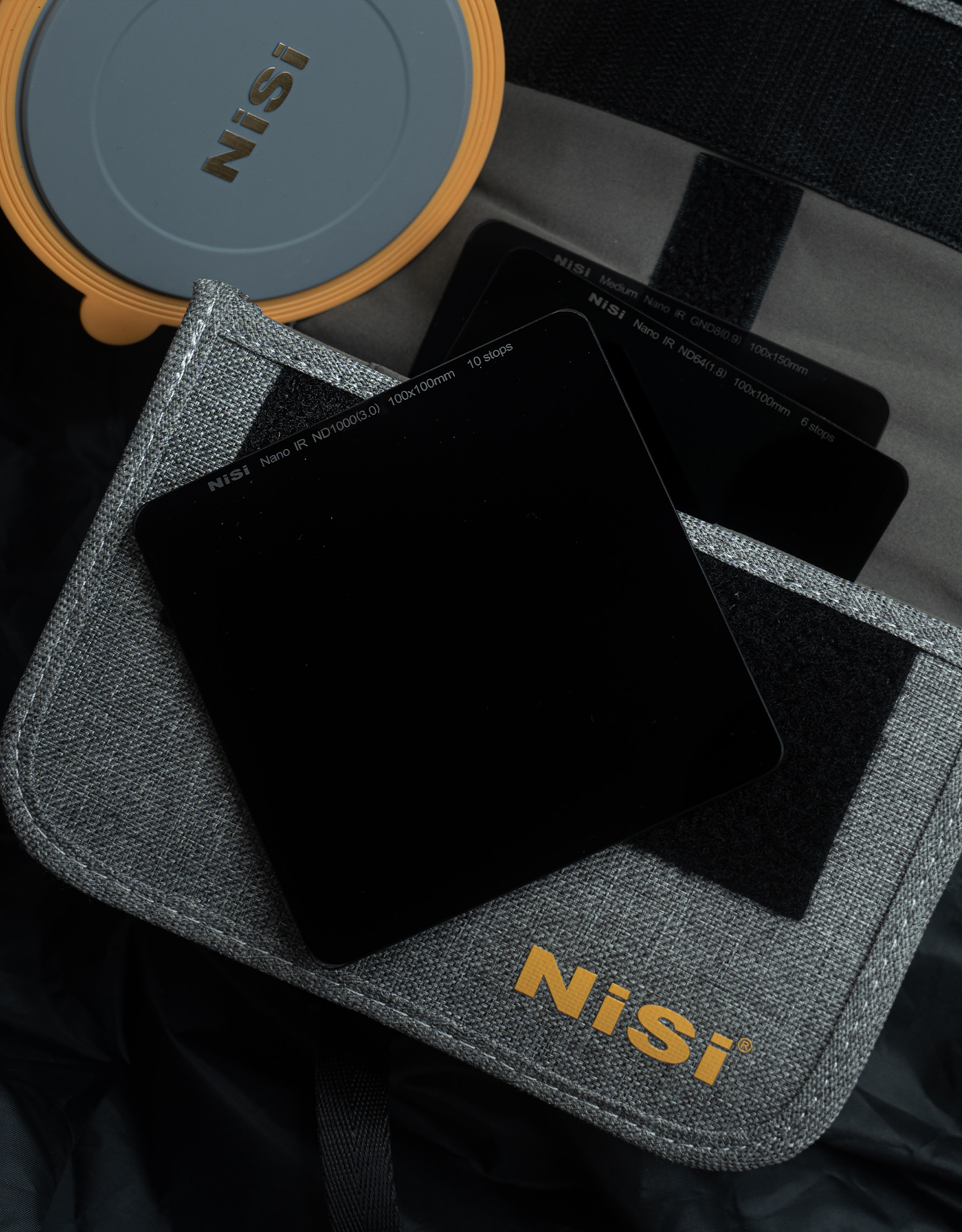
Photographing with Filters: the ND Filter
by Joris Machholz
The ND filter actually only has one purpose: to darken the image. ND stands for neutral density. It can also be called a gray filter. However, what it does is much more important: it darkens the image. These filters are available in different strengths, in degrees of density to be precise, in different versions - as screw-in filters, for example, or as plug-in filters. Some cameras even have integrated ND filters and they also come in variable forms. The latter is very interesting for the filmmakers among us. But how exactly do I use the filter and, above all, why do I want to darken the image?
Why should I additionally darken the image?
- it's sunny outside and you want to shoot with an open aperture, but your shutter speed is not faster
- you want to take a long exposure
- in videography you need (not always, but as a rule of thumb) a shutter speed of “1/(half the frame rate)”. So if you are filming at 25fps, you should set the shutter speed to 1/50s to get the most natural moving image possible. I recommend a variable ND filter for this constant
Here I show you a practical example of how I use the filters:
The ND1000 filter is the easiest for me to calculate: It darkens the image by 10 stops, i.e. by 10 f-stops. For example, if you have selected an image section with an aperture of 8, ISO 100 and a shutter speed of 1/200 and now mount your ND1000 filter, the shutter speed doubles 10 times with the same aperture and the same ISO. So with the filter you have a shutter speed of about 5 seconds.
The same with an ND64 filter, which darkens the image by 6 f-stops, requires a 1/3 second exposure.
If you're not sure about the exposure because you're in bulb mode for over 30 seconds, for example, then I recommend the app from NiSi Optics: NiSi Runner. There you can simply enter your filter and what exposure you would have had without the filter and you will be offered a time, even a timer.
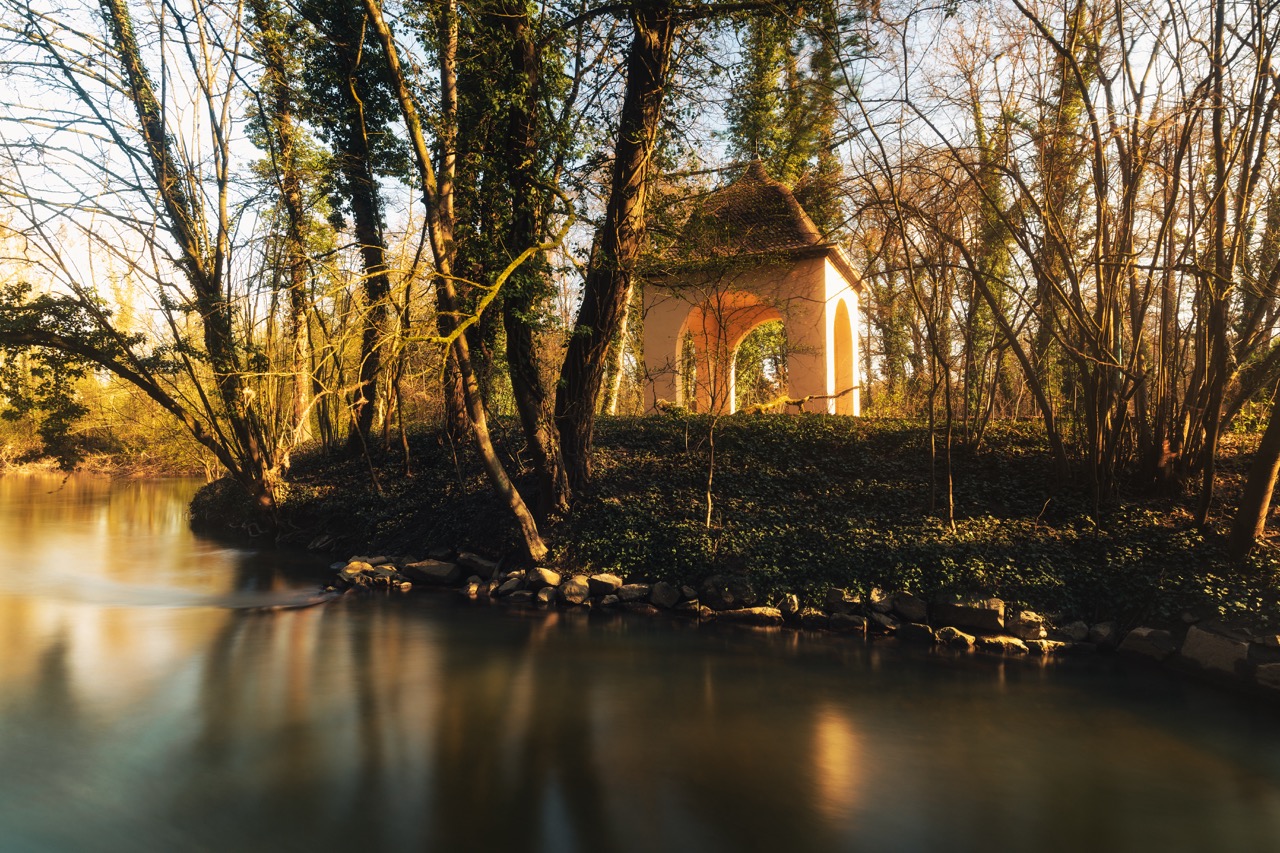
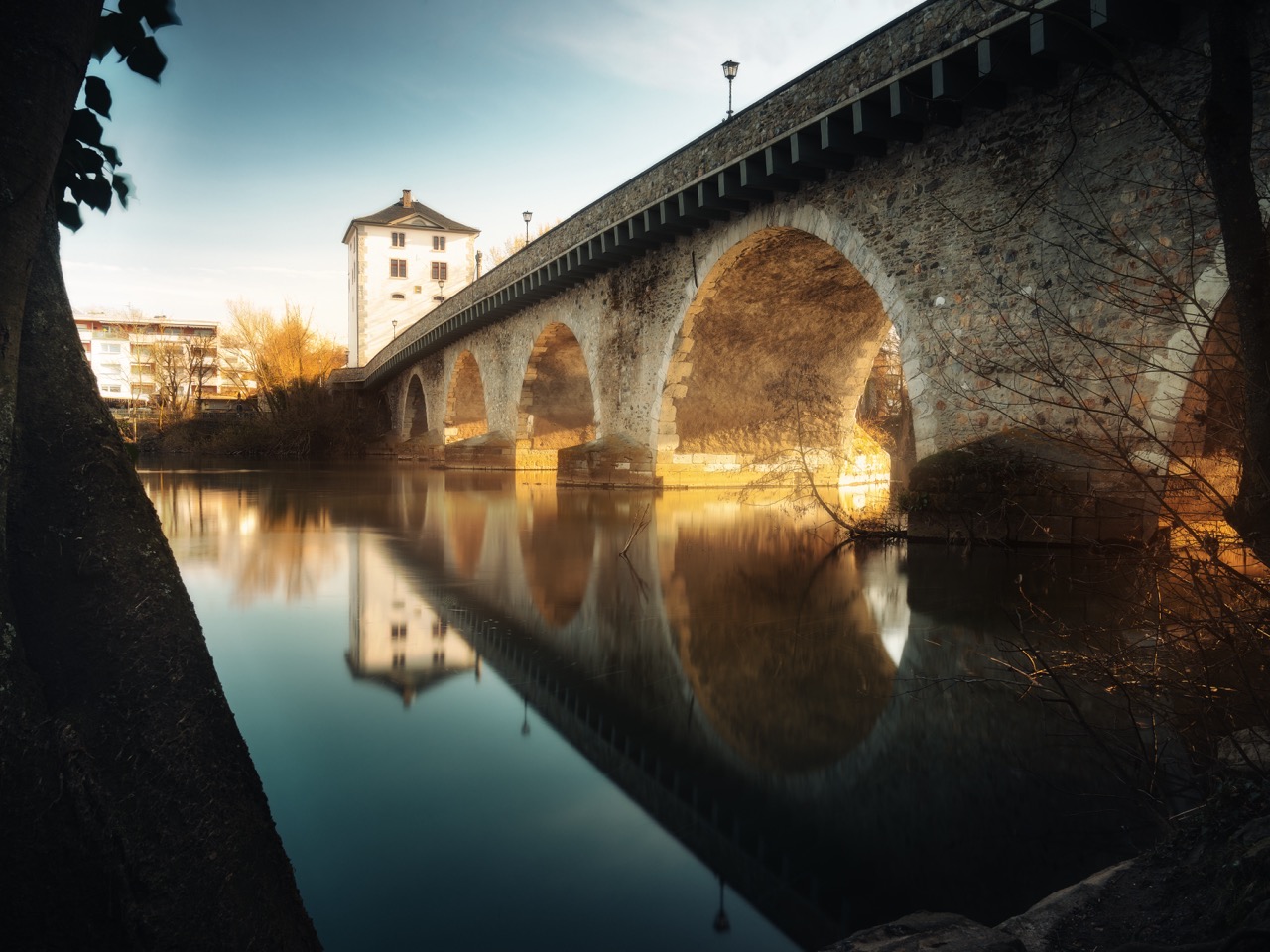
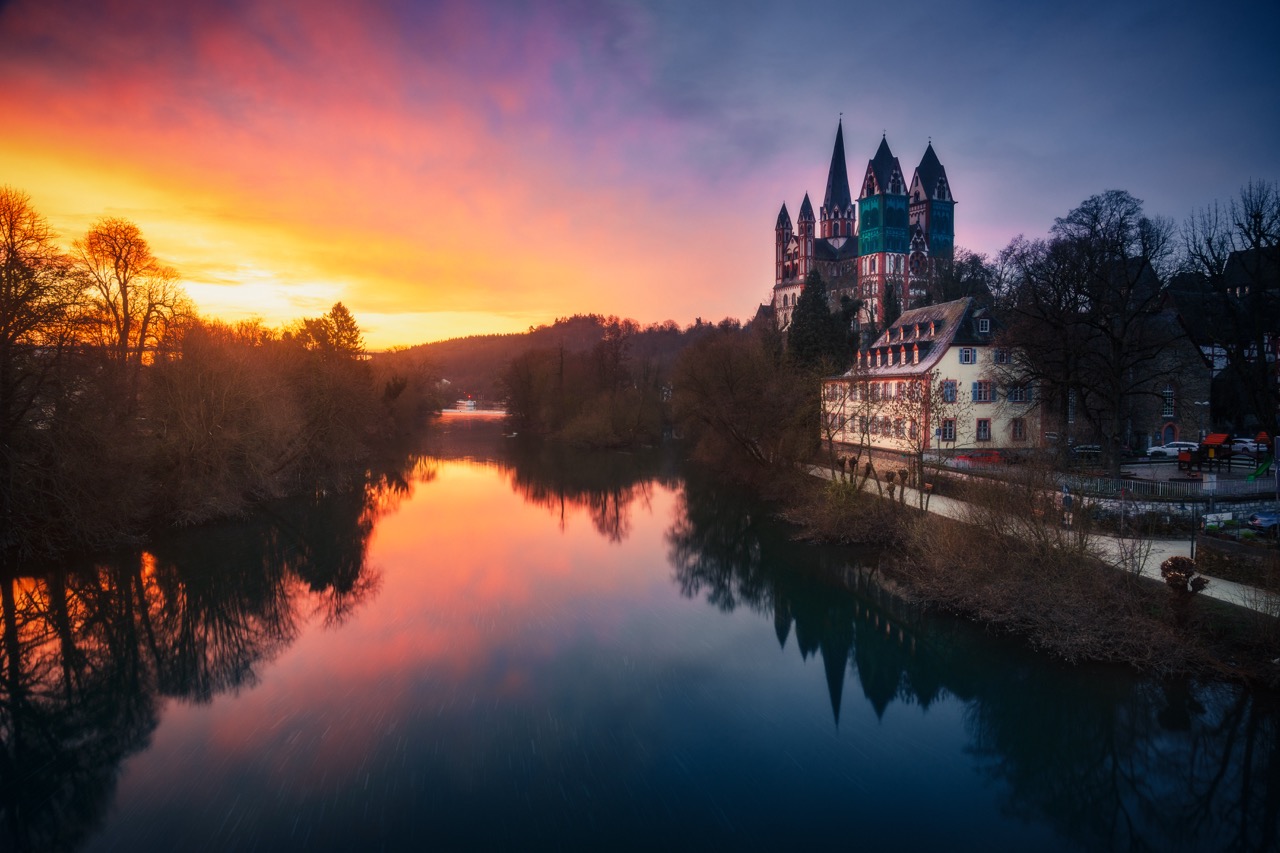
What do I need for a long exposure?
- ND filter (ND8, ND64, ND1000, graduated filter)
- tripod
- Remote shutter release for exposures longer than 30 seconds, if necessary
- camera
- something moving (clouds, water, cars, people moving) and something still to get the desired dynamic range
You can also combine water and clouds to create even more dynamics: Can you see the large container ship that has passed through the picture in time? I don't.

What I particularly like about this type of photography is that you take a more targeted approach to your picture and don't shoot hundreds of photos in the hope that you'll get the one. You think carefully, work out the composition, calculate the times and wait for the right moment. That slows you down a lot.
